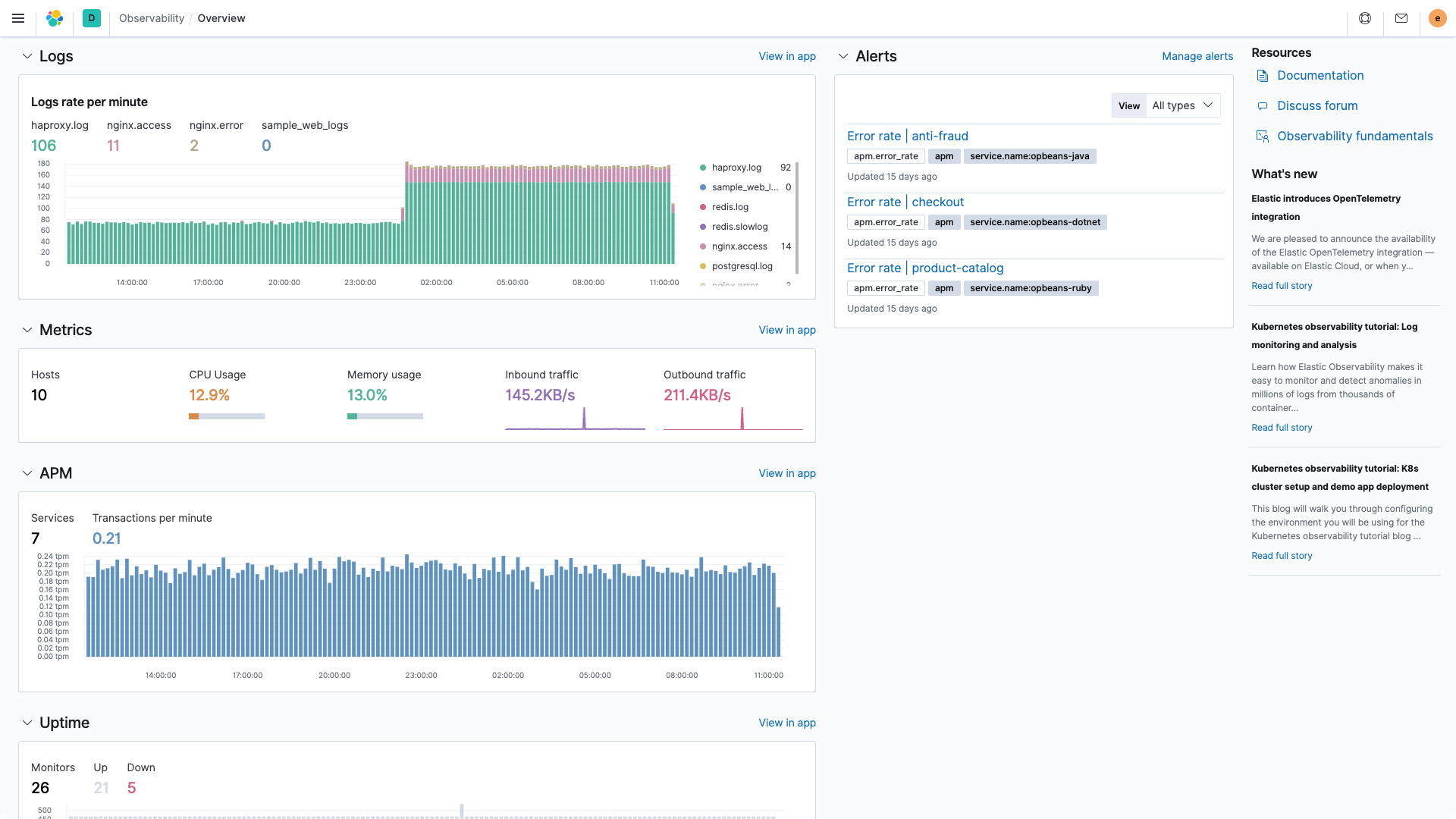

Information on configured user accounts, provided by WMI Information on system uptime, provided by WMI Information on services running locally, provided by WMI Information on Scheduled Jobs provided by WMI Information on processes running locally, provided by WMI Information about logical disks on the system, provided by WMI Physical Disk information provided by WMI List of installed updates/packages provided by WMI Information on time synchronization status.Ĭomputer system information provided by WMI Information on time synchronization service configuration. List of network ports that listen for traffic System Information provided by the Performance Monitor input in single or multikv mode Statistics related to processor state and performanceĪpplication State, Inventory, Endpoint, Performance, Vulnerabilities Information about process running on the system provided by the Performance Monitor input in single or multikv mode Information about physical disks on the system provided by the Performance Monitor input in single or multikv mode Network statistics provided by the Performance Monitor input in single or multikv mode Memory statistics provided by the Performance Monitor input in single or multikv mode Information about logical disks on the system provided by the Performance Monitor input in single or multikv mode. Source typeĬPU usage statistics provided by the Performance Monitor input
Log file monitor uptime manual#
See theĬommon Information Model and Field Mapping Changes for the Splunk Add-on for Microsoft Windows topic in the Reference chapter in this manual for information on changes to the mapping of this information. The latest version of the Splunk Add-on for Microsoft Windows introduced Common Information Model (CIM) and field mapping changes to its sourcetypes. The Splunk Add-on for Windows provides Common Information Model mappings, the index-time and search-time knowledge for Windows events, metadata, user and group information, collaboration data, and tasks in the following formats. This information is displayed on the service's status details screen, any applicable reports, and any triggered notifications, except for numeric pages.Sourcetypes for the Splunk Add-on for Windows The first 250 characters of the first line, in the log file, containing the matching keyword returned by the agent. This information is displayed for each regular expression on the status details screen for the service, any applicable reports, and any triggered notifications, except for numeric pages.

The number of lines, in the log file, on which the keyword has been located and returned by the agent. The number of lines in the file that are scanned and compared with your threshold specifications. The age is the difference between the time the log file was generated and the current time. N-able N-central compares the values that you specify in this field with the age of the log file that is calculated by the agent. The thresholds for the regular expressions that you specified on the Service Details tab. Threshold options can vary for each specified regular expression. N-able N-central reads the size of the file and compares it with the values your threshold specifications. You must specify the directory name as well, for example: c:\test.log You specify a complete or partial name and path. The monitored directory path and name of the log file. Service TypeĪgent (Windows, Red Hat Enterprise Linux, and macOS) This service monitors up to four log files for each device and supports wide characters.įor information on adding the service to a device see Add and configure a Log Analysis (Appended) service. Through the use of regular expression matching and time stamp comparison, this service can notify you when the application stops logging to its log file, or when it logs an error or a warning message. During the monitoring process, the service executes a check on the log file at regular intervals, and it scans logged lines that were added to the file since its last execution. It enables you to monitor text that an application, such as a web server or a firewall, writes to its log file. The Log Analysis (Appended) is an agent-based service and works only on log files that are located on a file system that is local to the agent.


 0 kommentar(er)
0 kommentar(er)
